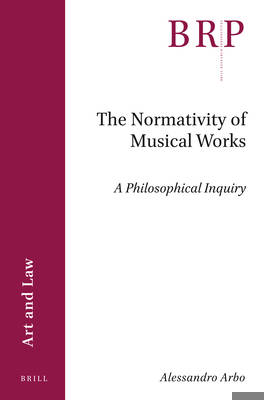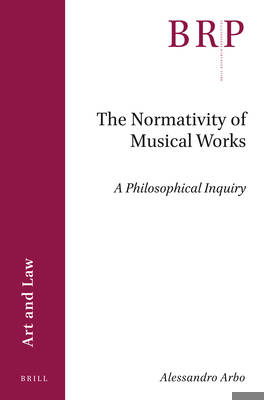
- Afhalen na 1 uur in een winkel met voorraad
- Gratis thuislevering in België vanaf € 30
- Ruim aanbod met 7 miljoen producten
- Afhalen na 1 uur in een winkel met voorraad
- Gratis thuislevering in België vanaf € 30
- Ruim aanbod met 7 miljoen producten
Zoeken
Omschrijving
What do we mean when we talk about the identity of a musical work and what does such an identity involve? What in fact are the properties that make it something worth protecting and preserving? These issues are not only of legal relevance; they are central to a philosophical discipline that has seen considerable advances over the last few decades: musical ontology. Taking into account its main theoretical models, this essay argues that an understanding of the ontological status of musical works should acknowledge the irreducible ambivalence of music as an "art of the trace" and as a "performative art." It advocates a theory of the musical work as a "social object" and, more specifically, as a sound artefact that functions aesthetically and which is based on a trace informed by a normative value. Such a normativity is further explored in relation to three primary ways of conceiving and fixing the trace: orality, notation and phonography.
Specificaties
Betrokkenen
- Auteur(s):
- Uitgeverij:
Inhoud
- Aantal bladzijden:
- 142
- Taal:
- Engels
- Reeks:
Eigenschappen
- Productcode (EAN):
- 9789004462762
- Verschijningsdatum:
- 18/03/2021
- Uitvoering:
- Paperback
- Formaat:
- Trade paperback (VS)
- Afmetingen:
- 155 mm x 231 mm
- Gewicht:
- 204 g

Alleen bij Standaard Boekhandel
+ 286 punten op je klantenkaart van Standaard Boekhandel
Beoordelingen
We publiceren alleen reviews die voldoen aan de voorwaarden voor reviews. Bekijk onze voorwaarden voor reviews.











